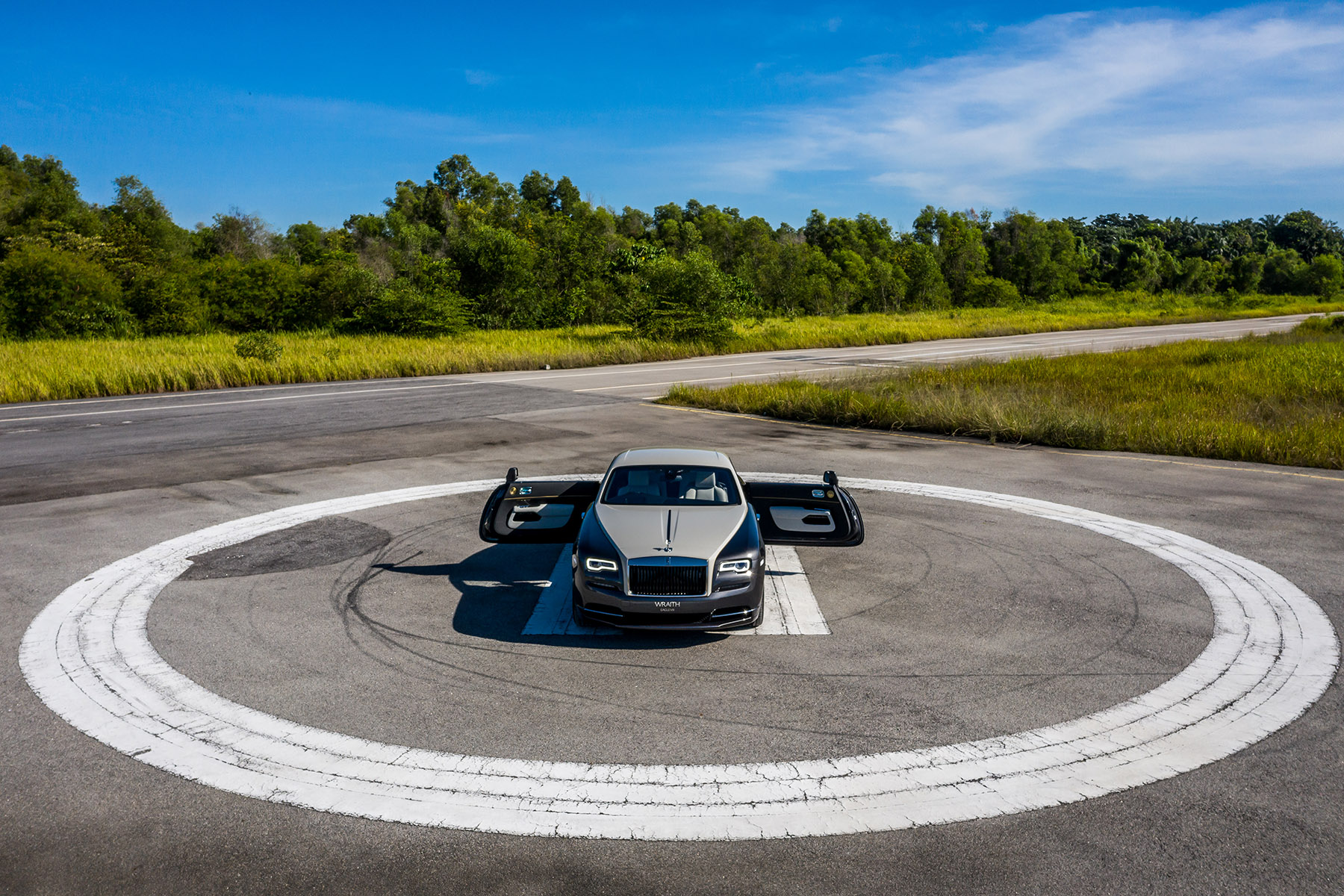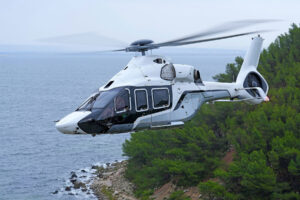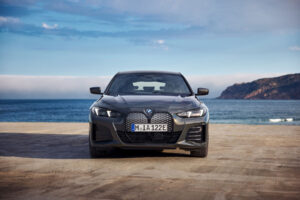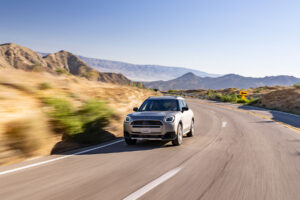From its unique aviator roots to its highly bespoke features, here’s what makes the Wraith Eagle VIII so rare to warrant its price tag.
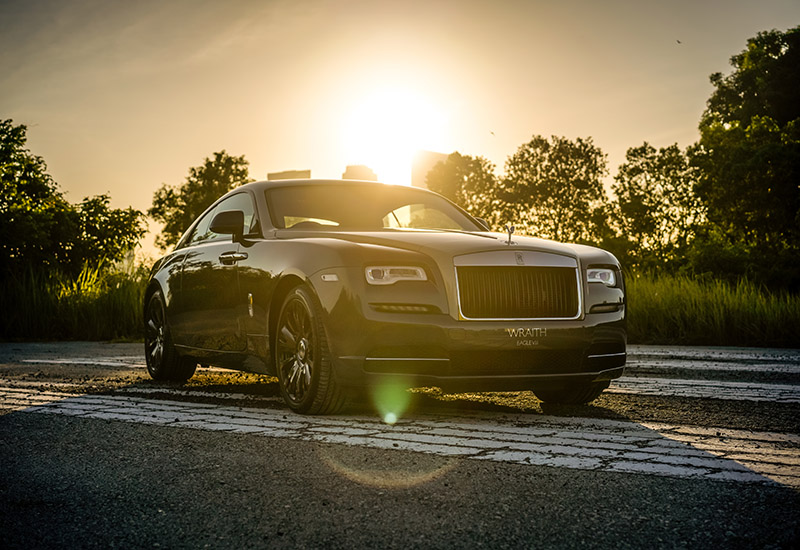
After teasing the arrival of 1 out of 50 units of the Rolls-Royce Wraith Eagle VIII in Malaysia last year, Rolls-Royce finally welcomed the ultra-exclusive model to our shores earlier this month.
Don’t bother trying to contact Rolls-Royce Motor Cars for a preview though; the coveted unit has already been sold – almost as soon as it landed. How much did it cost this lucky Malaysian car collector, you ask? An eye-watering RM3.3 million.
Commenting on this rare object of desire, Anas Zawawi Khalid, Director at Rolls-Royce Motor Cars, said: “Our customers are connoisseurs who want luxury that is highly unique. This car not only fêtes a very special achievement in global history, but also resonates with our own regional development at a time when aviation was catalysed by the exploits of fearless airmen who depended on the reliability and excellence of the Rolls-Royce Eagle VIII engines.”
Read on to discover what makes the Wraith Eagle VIII so highly unique and bespoke to warrant its price tag.
An Aviator’s Story
In June 1919, Captain John Alcock and Lieutenant Arthur Brown had braved uncharted skies to make the first non-stop transatlantic flight. The duo – who were colleagues of the marque’s founder, Sir Henry Royce – took flight from St John’s Newfoundland to Clifden, Ireland in a modified First World War Vickers Vimy bomber aircraft powered by twin 20.3-litre, 350 bhp, Rolls-Royce Eagle VIII engines.
Their 16-hour flight brought profound advancement to 20th century society, despite it almost causing the crewmen to crash into the sea after going through an unexpected fog and snowstorm. Even with the failure of their radio and navigation systems, the aerial voyage survived the harsh conditions at previously unimagined speeds, averaging 115 mph, thanks to the marque’s indestructible engines.
“I do not know what we should most admire – their audacity, determination, skill, science, their aeroplane, their Rolls-Royce engines – or their good fortune,” Sir Winston Churchill famously commented on the perilous journey.
To commemorate the 100 year anniversary of this historic coup, Rolls-Royce introduced a contemporary Collection last year, named after the flight’s engine. Cue the Wraith Eagle III that speaks to today’s adventurers, while paying tribute to the event and figures that changed the course of history.
A Celebration of Bespoke
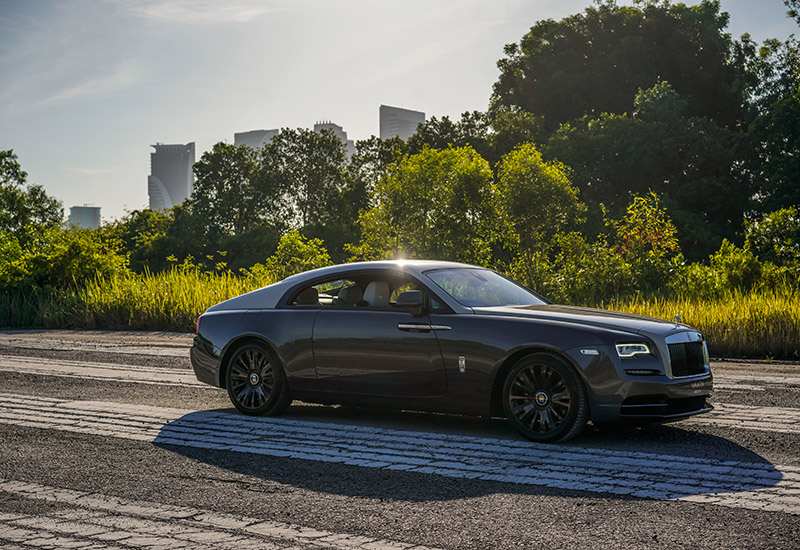 Evoking the colours of Alcock and Brown’s aircraft, the exterior of the Wraith Eagle VIII Collection Car is cloaked in Gunmetal with a Selby Grey upper two-tone. These colours are separated by a brass feature line that hints at the detailing within. Its black grille vanes resemble the Rolls-Royce Eagle VIII engine cowling on the Vickers Vimy aircraft, whilst its wheels are part polished with a translucent shadow finish.
Evoking the colours of Alcock and Brown’s aircraft, the exterior of the Wraith Eagle VIII Collection Car is cloaked in Gunmetal with a Selby Grey upper two-tone. These colours are separated by a brass feature line that hints at the detailing within. Its black grille vanes resemble the Rolls-Royce Eagle VIII engine cowling on the Vickers Vimy aircraft, whilst its wheels are part polished with a translucent shadow finish.
 Inside, the Selby Grey and black leather cabin mirrors the exterior, accented further by brass elements that draws reference to the brass sextant that’s so integral to the success of the transatlantic journey. This is represented by the signature RR monograms that are embroidered in brass-coloured thread onto the headrests.
Inside, the Selby Grey and black leather cabin mirrors the exterior, accented further by brass elements that draws reference to the brass sextant that’s so integral to the success of the transatlantic journey. This is represented by the signature RR monograms that are embroidered in brass-coloured thread onto the headrests.
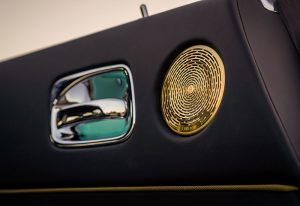 Other brass details include the speaker cover which displays the estimated flight distance of 1,880 miles, the navigator door paniers and the plaque with Churchill’s quote commending the duo’s momentous achievement.
Other brass details include the speaker cover which displays the estimated flight distance of 1,880 miles, the navigator door paniers and the plaque with Churchill’s quote commending the duo’s momentous achievement.
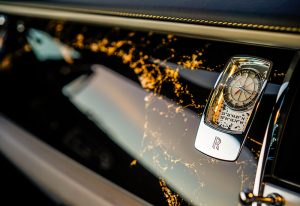 Also highlighting the car’s ties to aviation is a bespoke clock with an iced background effect which glows a faint green at night, paying homage to the aircraft’s frost-covered instrumentation and similar glow of their control panel. The flight’s landing coordinates are engraved below the clock’s fascia, which incidentally, the anonymous Malaysian buyer seemed to recognise from his former experience in the navy (insofar as could be revealed of the purchase).
Also highlighting the car’s ties to aviation is a bespoke clock with an iced background effect which glows a faint green at night, paying homage to the aircraft’s frost-covered instrumentation and similar glow of their control panel. The flight’s landing coordinates are engraved below the clock’s fascia, which incidentally, the anonymous Malaysian buyer seemed to recognise from his former experience in the navy (insofar as could be revealed of the purchase).
 Meanwhile, the fascia is designed as a modern-day abstract interpretation of the view the pair would have enjoyed after emerging from the thick fog. Combining contemporary and traditional practices, Smoked Eucalyptus wood is vacuum metalized in gold before being inlaid with silver and copper, to create the rich details portrayed in night time images of the Earth from above.
Meanwhile, the fascia is designed as a modern-day abstract interpretation of the view the pair would have enjoyed after emerging from the thick fog. Combining contemporary and traditional practices, Smoked Eucalyptus wood is vacuum metalized in gold before being inlaid with silver and copper, to create the rich details portrayed in night time images of the Earth from above.
This captivating view extends to the centre console to offer an emotive and immersive experience for today’s occupants – an attention to detail few cars in the world can boast of.
A Star in its own right
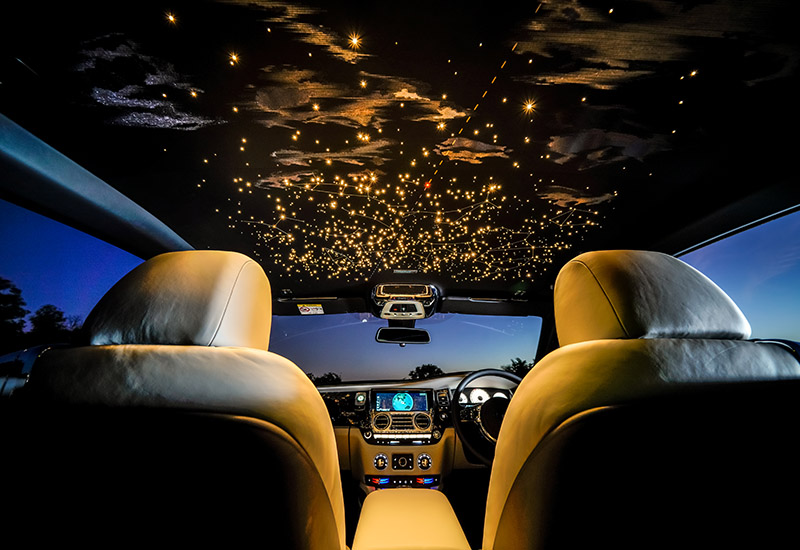 Arguably the most impressive feature of all, as has come to be known of Rolls-Royce, is the starlight headliner. While customisable at a buyer’s request, we imagine most would contend with the standard setup which conjures the evening sky of that fateful night of Alcock and Brown’s journey. To be specific, 1,183 starlight fibres make up the headliner to reflect the celestial arrangement at the time of the flight in 1919. The flight path and constellations are embroidered in brass thread, whereas the exact moment the pair left the clouds to navigate by the stars is indicated by a redfibre optic light.
Arguably the most impressive feature of all, as has come to be known of Rolls-Royce, is the starlight headliner. While customisable at a buyer’s request, we imagine most would contend with the standard setup which conjures the evening sky of that fateful night of Alcock and Brown’s journey. To be specific, 1,183 starlight fibres make up the headliner to reflect the celestial arrangement at the time of the flight in 1919. The flight path and constellations are embroidered in brass thread, whereas the exact moment the pair left the clouds to navigate by the stars is indicated by a redfibre optic light.
The clouds are embroidered and a plaque reading, “The celestial arrangement at the halfway point 00:17am June 15th 1919, 50” 07’ Latitude North – 31” Longitude West” indicates the half-way point of the momentous journey.
 All the above painstaking details coupled with the fact that only one unit is available here in Malaysia, it’s not hard to see why the Rolls-Royce Wraith Eagle VIII Collection Car fetched such a high price.
All the above painstaking details coupled with the fact that only one unit is available here in Malaysia, it’s not hard to see why the Rolls-Royce Wraith Eagle VIII Collection Car fetched such a high price.
Though it’s unlikely we’ll ever get to see it on our roads because of its rarity, we’ll leave these photos of the car here for a glimpse at what money can buy – if not happiness, then a gloriously bespoke Rolls-Royce, which comes close.
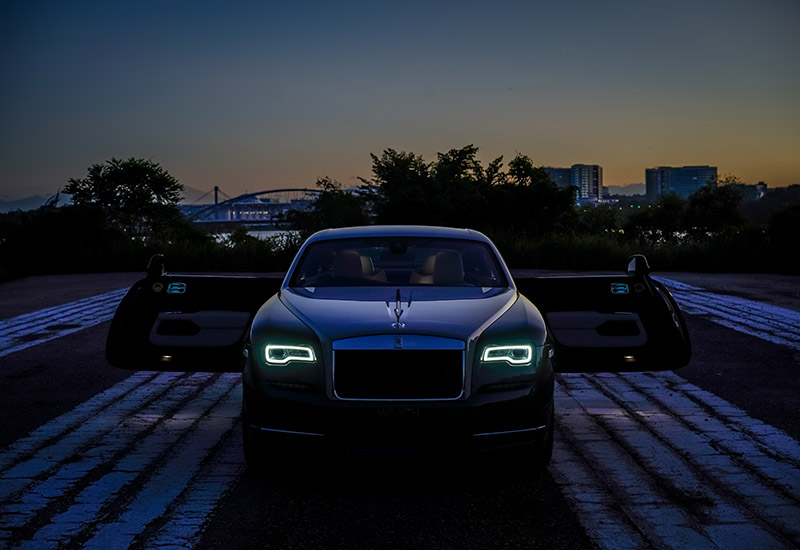 Photos: Rolls-Royce
Photos: Rolls-Royce




